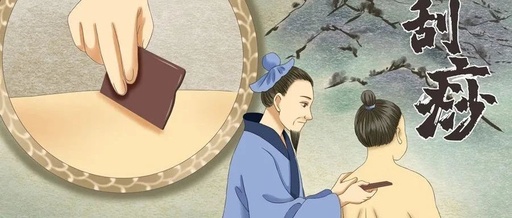
Gua Sha originated from folk practices and was first documented in the Yuan Dynasty by the physician Wei Yilin in his work “Shi Yi De Xiao Fang”. Other medical texts also provide detailed accounts of the principles and methods of Gua Sha. For instance, “Sha Zhang Yu Heng” states: “The Gua Sha method involves scraping the back and neck, as well as the chest and sides, using a coin dipped in sesame oil.” Wu Shangxian in “Li Yue Pian Wen” noted, “For Yang Sha causing abdominal pain, nothing is better than using a porcelain spoon dipped in sesame oil to scrape the back, as the five organs are connected to the back; scraping will expel evil qi and relieve the illness.”What is Gua Sha?
Gua Sha is a technique that uses specialized scraping tools to repeatedly scrape and rub the skin surface after applying a medium, causing localized “sha” to emerge. This process aims to invigorate blood circulation, relax muscles, detoxify, clear heat, relieve pain, and strengthen the spleen and stomach.
Traditional Chinese Medicine (TCM) believes that qi circulates continuously in the body, and the hub governing the rise and fall of qi is called “qi mechanism”. Therefore, diseases related to qi are primarily due to the imbalance of the “qi mechanism”. Gua Sha focuses on regulating qi, stimulating the flow of qi and blood, expelling evil from the surface, and enhancing self-healing capabilities to treat diseases.
The skin is closely connected to the meridians, and Gua Sha stimulates the meridians on the body surface, promoting the smooth flow of qi and blood, invigorating blood circulation, and regulating the qi and blood of the internal organs. According to modern medical explanations, the pores on the skin can release heat toxins and excrete skin toxins, as well as evaporate moisture. These pores serve as both treatment points and pathways for expelling illness. Gua Sha can enhance local blood circulation and stimulate the body’s immune response.
What is the “sha” that emerges from the body?
Those who have experienced Gua Sha know that the scraped areas often appear red, which is what we commonly refer to as “sha”.
The process of “sha” emergence involves the dilation of blood vessels leading to the rupture of capillaries, resulting in blood leakage and the formation of bruises on the skin. The blood clots soon dissolve, producing a new irritant that not only adjusts immune function and enhances immunity but also regulates brain excitation and inhibition.
Individuals with significant dampness and coldness may experience more pronounced “sha” after Gua Sha.
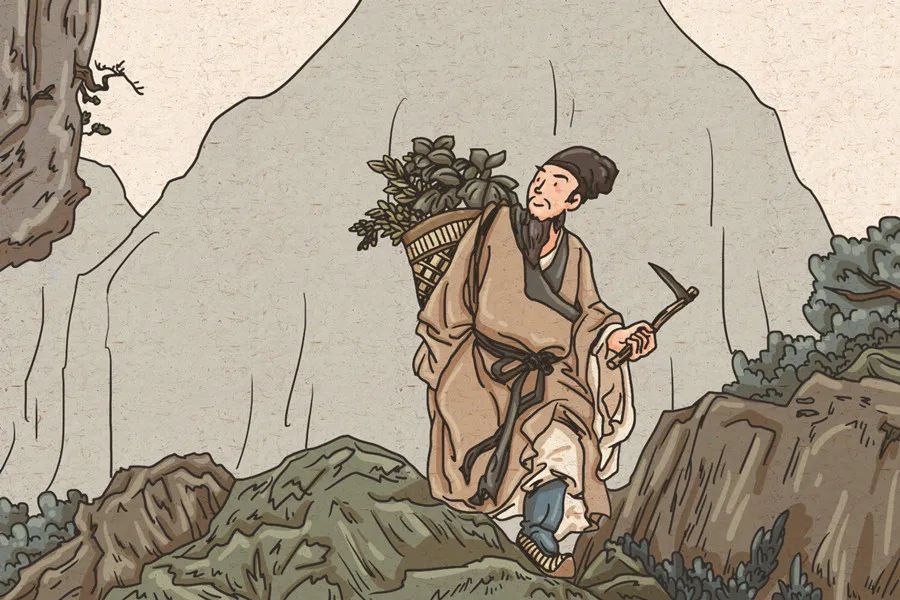
Is more “sha” better during Gua Sha?
Different individuals will have varying degrees of redness after Gua Sha. It is incorrect to judge the effectiveness of Gua Sha solely by the amount of redness. Excessive force during Gua Sha may lead to more redness. However, it is also incorrect to claim that Gua Sha is ineffective if no “sha” is visible, as it may simply be that the “sha” is not easily seen.
For certain special populations, Gua Sha is not recommended. For example, individuals with fragile blood vessels, low platelet counts, or coagulation disorders may experience abnormal bleeding if Gua Sha is performed blindly. This may appear as excessive “sha”, but it could cause new harm.
Gua Sha Techniques: Supplementing and Draining
Supplementing Scraping Method
Involves light pressure, superficial effects, and slow speed, suitable for elderly, weak, chronically ill, or severely ill patients with deficiency syndromes.
Draining Scraping Method
Involves heavy pressure, deep effects, and fast speed, effective for expelling pathogenic factors, suitable for young, robust, newly ill, or acutely ill patients with excess syndromes.
Balanced Scraping Method
Also known as the balanced scraping method, it involves moderate pressure and speed with the scraping tool. It focuses on regulating yin and yang, suitable for patients with mixed deficiency and excess, especially beneficial for sub-healthy individuals or healthy individuals seeking preventive Gua Sha.

Common Gua Sha Areas
Head Scraping Method
Can promote blood circulation in the head, relieve fatigue, alleviate headaches, and improve blood supply to the brain, providing a sense of relaxation. It can enhance local blood circulation for those with tight scalps and headaches.
Neck and Shoulder Scraping Method
Has the effect of dispelling wind, unblocking meridians, invigorating blood circulation, and alleviating shoulder and neck stiffness. It can also treat conditions related to the head, throat, and other areas.
Back Scraping Method
Can regulate yin and yang, harmonize internal organs, relax muscles, and strengthen the waist and kidneys. It enhances the body’s defensive functions and expels internal dampness. It can also boost the body’s immune system and improve lung function.
Gua Sha Tools
Common Gua Sha tools include Gua Sha boards and Gua Sha oils.
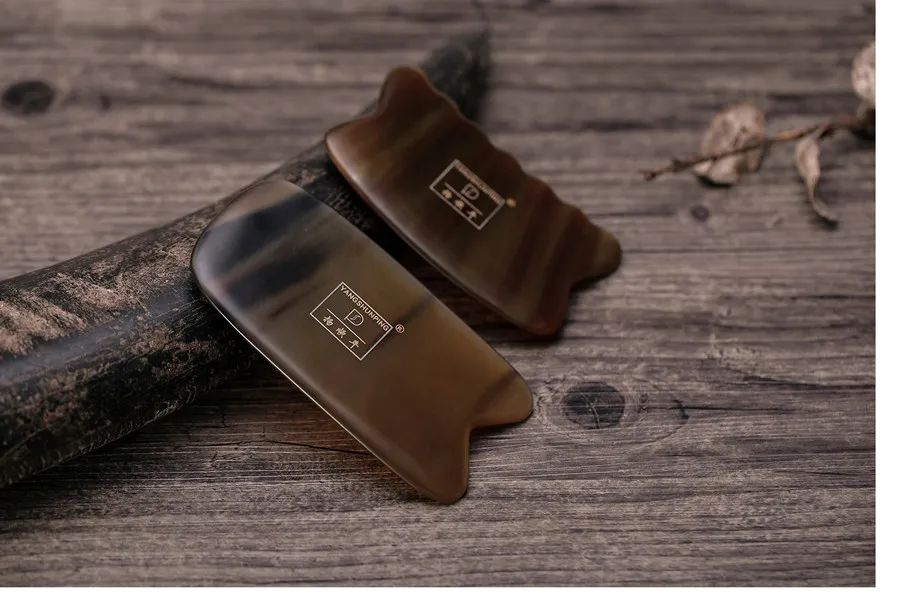
Gua Sha boards can be made of materials such as horn, jade, or Bian stone; Gua Sha oils can be liquid or cream-based, and even plain water can be used to reduce pain during the scraping process and prevent excessive friction on the skin.
Who Should Avoid Gua Sha?
● Patients with skin diseases should avoid Gua Sha therapy; those with edema, diabetes, and heart disease should refrain from Gua Sha;
● Patients with hemophilia, hemorrhagic purpura, and other bleeding disorders should not undergo Gua Sha treatment;
● Patients with low blood pressure, low blood sugar, extreme weakness, and those particularly sensitive to pain should use gentle Gua Sha techniques;
● Pregnant women and infants should be cautious with Gua Sha;
● Those who are overly hungry, overly full, or excessively fatigued should avoid Gua Sha.
Precautions During Gua Sha1. Do not consume alcohol within 24 hours before and after Gua Sha; intoxicated individuals should avoid it.
1. Do not consume alcohol within 24 hours before and after Gua Sha; intoxicated individuals should avoid it.
2. Avoid Gua Sha when overly full or too hungry;
3. Do not scrape sensitive areas such as the nipples or genitals;
4. Avoid scraping on areas with skin ulcers;
5. For individuals with long-term lower body stagnation, such as constipation, be cautious when scraping abdominal points to prevent qi from rising;
6. Wait three hours after Gua Sha before bathing. This is because Gua Sha requires opening the back, and bathing immediately afterward may allow cold and dampness to enter the skin. It is better to wait until the skin’s pores have closed completely before bathing.
7. There is no need for special treatment for the “sha” marks that appear after Gua Sha; it is normal to experience pain and a burning sensation in the scraped areas;
8. If fainting occurs during Gua Sha, have the person lie down, ensure the room is well-ventilated, and apply pressure to the Neiguan (PC6) or Jiquan (PC8) points until they recover, which may involve sweating, diarrhea, or vomiting;
9. After Gua Sha, cover the back with clothing to prevent cold pathogens from invading the skin.
Using Gua Sha to Improve Insomnia: Opening Four Points
In modern life, with fast-paced rhythms and high stress, many people often have irregular lifestyles due to various reasons. Those who enjoy spicy food may have disharmony in the spleen and stomach, harming the heart and spleen, leading to insufficient nourishment of the spirit, resulting in insomnia, waking easily, and vivid dreams. TCM believes that insomnia is generally due to an imbalance of qi, blood, yin, and yang. Using a copper Gua Sha tool to open four points, along with the Anmian (Sleep Well), Shenmen (HT7), and Sanyinjiao (SP6) points, can help improve insomnia.
Opening Four Points
The Dazhui (GV14) point is an important point on the Governing Vessel, which can circulate yang qi throughout the body and has a lung-dispersing effect. It is located in the depression below the spinous process of the seventh cervical vertebra.
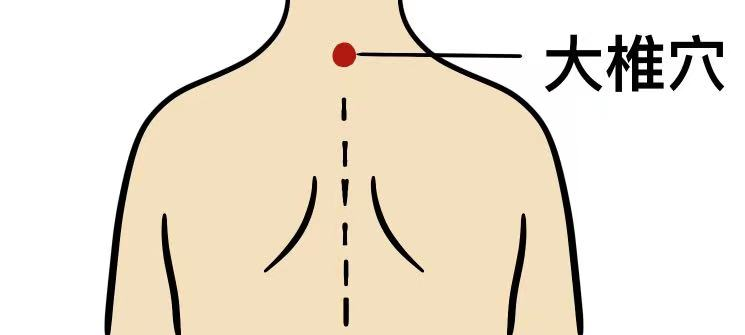
The Dazhu (BL11) point nourishes blood and mobilizes qi and blood in the body, located 1.5 cun lateral to the spinous process of the first thoracic vertebra.
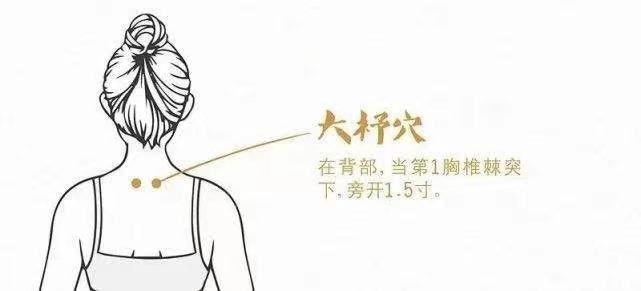
The Gaohuang (BL43) point nourishes yin and is located 3 cun lateral to the spinous process of the fourth thoracic vertebra, at the medial border of the scapula.
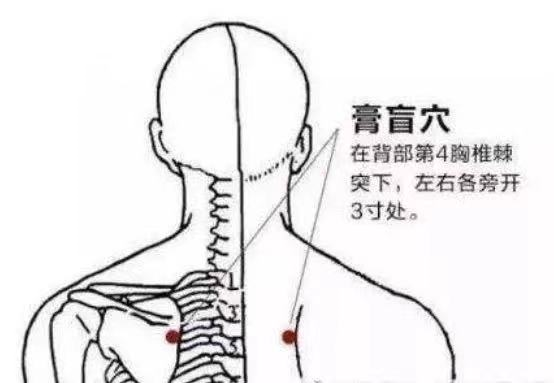
The Shentang (BL44) point calms the spirit and is located 3 cun lateral to the spinous process of the fifth thoracic vertebra, at the medial border of the scapula.
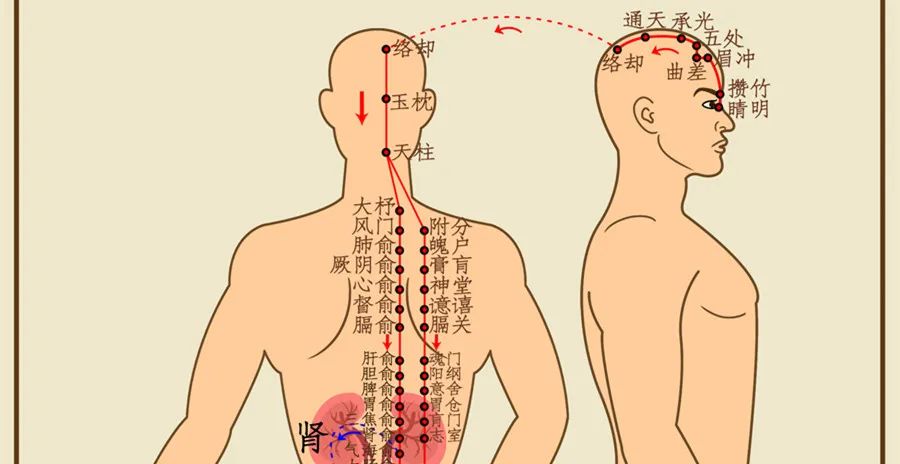
To improve insomnia, you can also add the Anmian (Sleep Well), Shenmen (HT7), and Sanyinjiao (SP6) points. You can also use your fingers to press and rub these points, applying pressure until you feel a sense of soreness. Press each point for 2 minutes, which can also help improve insomnia.
Gua Sha Prescription
Apply Gua Sha oil and scrape the Dazhui (GV14), bilateral Dazhu (BL11), bilateral Gaohuang (BL43), and Shentang (BL44) points, 30-40 times each, scraping from top to bottom until “sha” appears or the pores are fully opened; gently press the Anmian (Sleep Well) and Shenmen (HT7) points for 2 minutes each, applying pressure until you feel soreness; scrape Sanyinjiao (SP6) for 30-40 times, also scraping from top to bottom. Wait for the “sha” to fade before performing the next scraping, generally taking 5-7 days for the “sha” to disappear.
Finally, I remind everyone that if you need Gua Sha, it is best to go to a reputable hospital or therapy center for professional assistance. If you feel any discomfort during Gua Sha, be sure to inform the medical staff promptly.■
【Source: This article is a comprehensive compilation from Guangzhou Integrated Traditional and Western Medicine Hospital, Shenzhen Traditional Chinese Medicine Hospital, Guangdong Provincial Hospital of Traditional Chinese Medicine, Sichuan Provincial Hospital of Traditional Chinese Medicine, and Guangdong Integrated Traditional and Western Medicine Hospital】
推荐阅读




